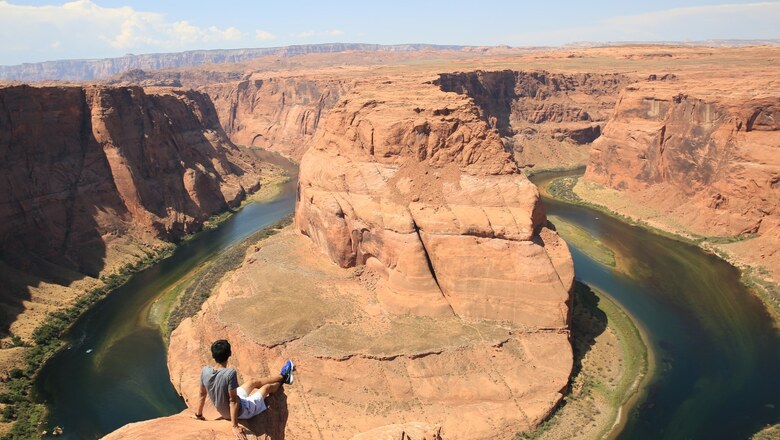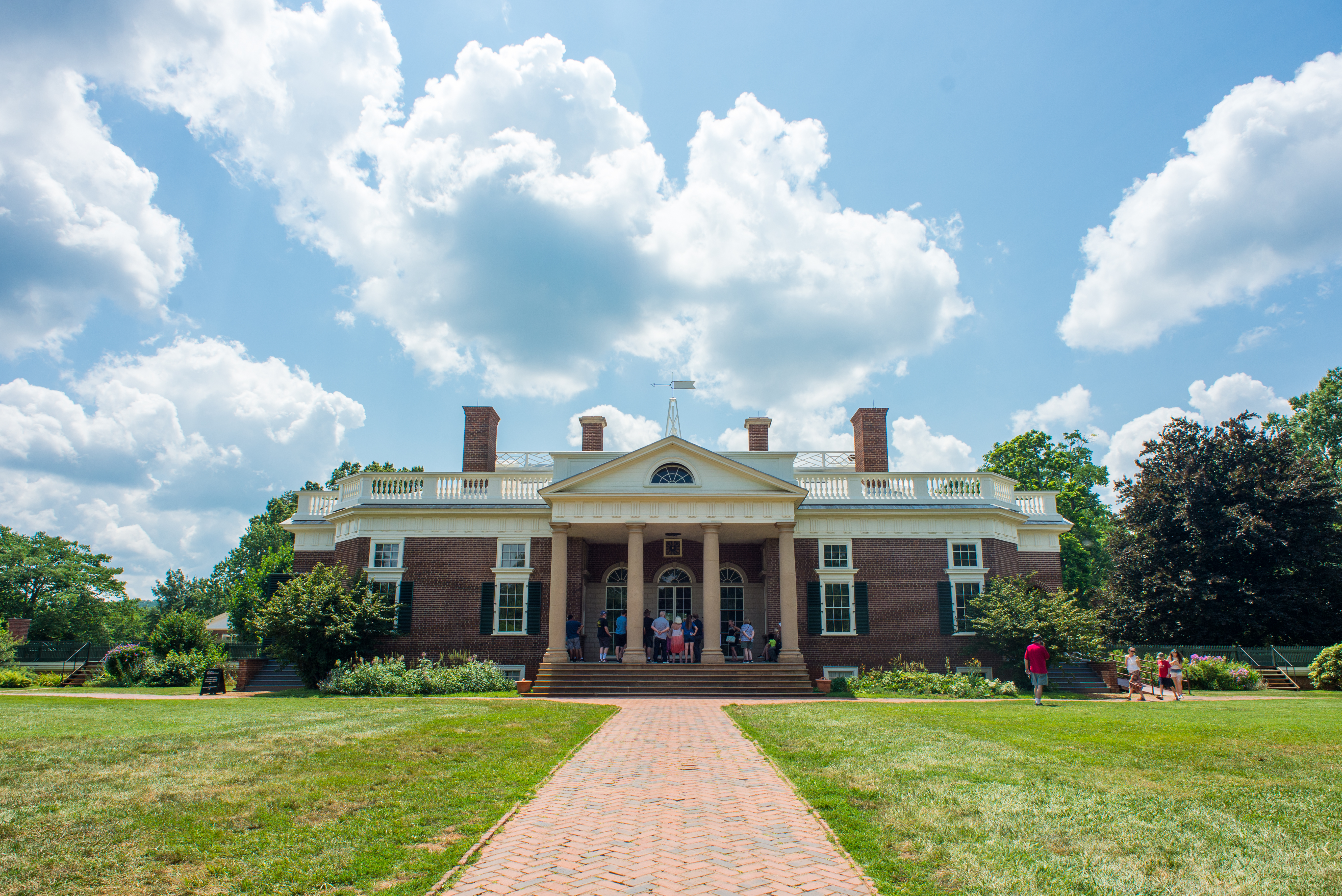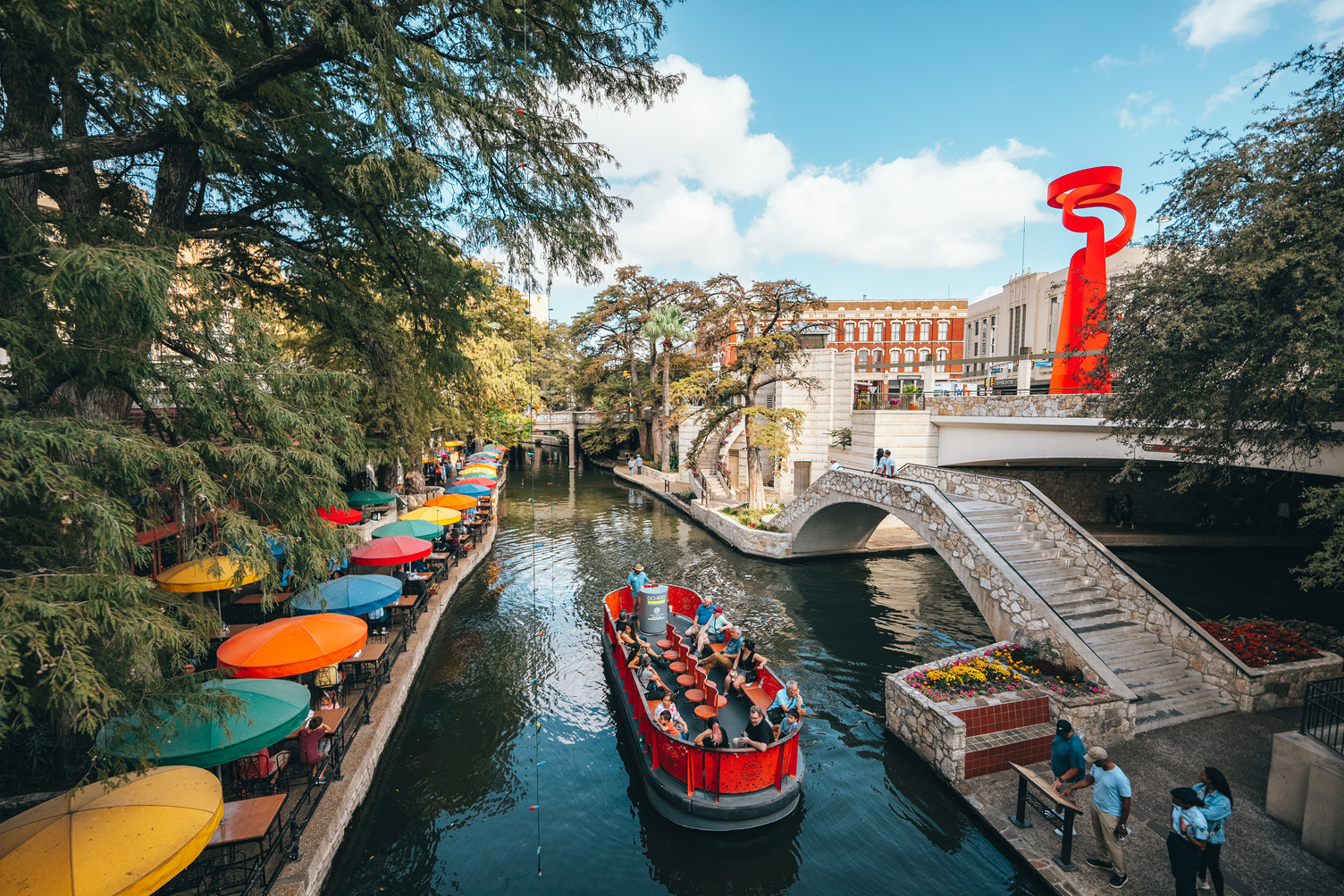
views
USA is home to an impressive number of 24 UNESCO World Heritage Sites, encompassing a wide range of cultural and natural marvels celebrated for their significance to mankind. These exceptional locations showcase the nation’s history, breathtaking landscapes, and invaluable contributions to global heritage. From iconic national parks to historic landmarks, these sites also provide extraordinary settings for photography, making them a photographer’s dream. Every year, World Photography Day is observed on August 19, and let’s take this opportunity to embark on an exciting journey to discover some of USA’s most remarkable and treasured gems.
Grand Canyon National Park, ArizonaDesignated a World Heritage Site in 1979
Both breathtaking and overwhelming at the same time, the 1.6-kilometre deep and 16-kilometre wide Grand Canyon is a testament to 2,000 million years of geological history. Nearly as alluring as the canyon is the powerful Colorado River snaking its way through Grand Canyon National Park, beckoning visitors to take short guided boat trips or a multiday adventure. Sign up for a ranger-led program to learn about geologic history, majestic birds of prey, animals living in the extreme environment and the area’s early inhabitants. Continuing a tradition that began with the ancestral Puebloan people, several tribes still call the Grand Canyon home. Powerful and inspiring, Grand Canyon National Park in northern Arizona is no doubt on every traveller’s and photographer’s must- see list. This UNESCO World Heritage Site is arguably one of USA’s most famous landmarks and encompasses nearly 5,000 square kilometres of plummeting canyons, multicoloured rocks, dramatic cliffs and stunning ravines. There are plenty of overlooks from which you can admire the view, including Mather Point and the Toroweap Overlook.
Mammoth Cave National Park, KentuckyDesignated a World Heritage Site in 1981

This is the world’s longest-known network of caves and underground passageways, with explored areas extending for more than 644 kilometres. The first human to enter Mammoth Cave passed under its imposing arch about 4,000 years ago. This photographer’s haven supports more than 130 species of flora and fauna and provides rich cave-dwelling wildlife habitat. When not in the caves, visitors can engage in surface hikes, canoeing, picnicking, horseback riding, bicycling, camping and more. Embark on a captivating adventure along the Green and Nolin rivers, offering opportunities for paddling, floating, fishing, and swimming. Witness breathtaking bluffs, lush forests, diverse wildlife, and vibrant wildflowers, all set against the backdrop of swift-moving waterways and natural springs within the 21,367-hectare park. Do not miss the fascinating sites, including the old Railroad Engine No. 4, Cedar Sink sinkholes, historic Good Spring Church, and Turnhole Bend, where riverboat pilots skillfully navigate their vessels. Engage in a ranger-led porch talk at the visitor centre to unravel the intriguing history and enigmatic allure of this remarkable destination, packed with its captivating underground stories.
Redwood National and State Parks, CaliforniaDesignated a World Heritage Site in 1980

Home to the oldest and tallest trees on earth, the redwood forest in this area hosts remnants of a group of trees that have existed for 160 million years. The park also protects vast prairies, oak woodlands, wild river ways and nearly 64 kilometres of pristine coastline. Together the National Park Service and California State Parks manage these lands. Visitors are literally dwarfed by nature at Redwood National and State Parks, where ancient redwoods seem to touch the sky, and 3-meter high ferns emerge from primaeval, mist-shrouded groves. Spread over 53,000 hectares, the park was founded in 1968 to protect the majestic trees from the ravages of the logging industry and now serves to inspire amazement in the backpackers, hikers, photographers, and dreamers who flock to its trails to be humbled by nature. Each of the parks has its own rewards, including beautiful hiking trails. For stunning redwood views, put boots to the ground along the Trillium Falls Trail in the National Park or the Prairie Creek Trail in Prairie Creek. One can also experience the stunning scenery along the Newton B. Drury Scenic Parkway.
Monticello and the University of Virginia, VirginiaDesignated a World Heritage Site in 1987

Designed by Thomas Jefferson, the third president of USA and author of the Declaration of Independence, Monticello, although some kilometres away, is a building at the heart of the University of Virginia, another distinguished UNESCO World Heritage Site.. The integration of the buildings into the natural landscape, the originality of the plan and design, and the refined proportions and décor make Monticello an outstanding example of a neoclassical work of art, while the University of Virginia is an outstanding example of a great educational institution from the Age of Enlightenment. Jefferson’s home with its fabulous gardens is another place to capture some the pages of history. Later you could explore the historic Downtown Mall, where you can enjoy the weather at charming outdoor cafes, revel in live music, browse art galleries, and shop for unique souvenirs
San Antonio Missions, Texas
Designated a World Heritage Site in 2015

In 2015, UNESCO recognized the historical significance of The Alamo and four other Catholic missions in San Antonio, collectively known as the San Antonio Missions, as Texas’s first UNESCO World Heritage Site among USA’s 23 designated sites. Built on what was once the frontier of New Spain along the San Antonio River, the site includes five mission complexes that showcase the history of the region, especially the exceptional and lasting blending of Spanish and native Coahuiltecan cultures. The 18th-century missions are both architecturally and archaeologically significant, encompassing not just ornate churches but also farmland, homes, granaries, workshops and more, paving the way for some of the most striking opportunities for architectural photography. The Alamo in downtown San Antonio attracts over 2.5 million visitors annually. Originally Mission San Antonio de Valero, it transformed into a military barrack and later gained infamy during the Texas Revolution in 1836. The other four missions are located about 20 kilometres south in San Antonio Missions National Historical Park, showcasing 18th-century Franciscan missionary architecture and agricultural sites, including churches, granaries, homes, and water distribution systems that once housed indigenous communities pledging allegiance to Spain.






















Comments
0 comment